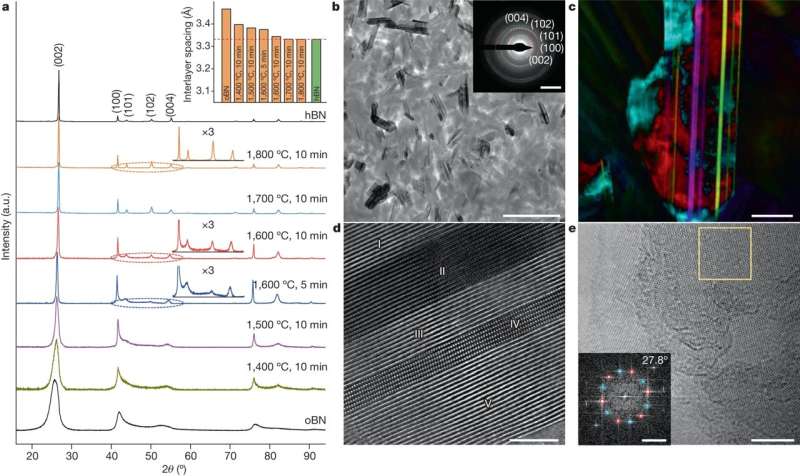Exploring microstructures for high-performance materials

In just the first few months of 2024, the journal Nature has published two scientific papers co-authored by Kun Luo, an Iowa State University postdoctoral research associate in materials science and engineering.
“My research aims to unravel the fundamental mechanisms governing the behavior of diverse materials,” Ken Luo wrote in a brief biography, “paving the way for developing innovative and high-performance materials across various industries.”
Luo has a background in experimental science, studying superhard materials using techniques in high-pressure physics. He also has expertise in theoretical simulations using machine learning tools to discover the microstructures within materials.
“Throughout my career, I recognized the importance of theoretical simulation in explaining the atomic mechanisms behind the macroscopic behaviors of materials,” he said.
At Iowa State, he’s working “to continue exploring the mechanisms behind material behaviors.”
For these two Nature studies (and another Nature paper published in July 2022, for which he was the first author, “Coherent interfaces govern direct transformation from graphite to diamond”), Luo used the same tools and techniques to contribute findings.
He started with real atomic arrangements using the best electron microscope data available, which provided two-dimensional images. Luo used those images to construct three-dimensional atomic models with computer software manually.
“Currently, experiments cannot observe the evolution of these microstructures in situ during phase transitions, movements, or deformation processes,” Luo said. “Therefore, effective computational simulations can provide us with a solid theoretical basis to uncover the mechanisms behind these phenomena, ultimately leading to convincing conclusions.”
Luo said the study described in the 2022 Nature paper about the direct transformation from graphite to diamond resulted in the discovery of a new material called Gradia, a material that has been patented in the United States.
Gradia has mechanical and electrical properties—such as super-hardness and conductivity—that Luo said could be applied to new technologies.
He said the latest Nature paper about ceramic materials that can be shaped and molded like metals could have applications as heat-resistant or insulating structural materials.
Luo’s atomic structure models “are indeed tools of basic science for uncovering novel materials,” he said, “and at the same time, they open the gates to more practical applications.”
More information:
Yongjun Tian, Twisted-layer boron nitride ceramic with high deformability and strength, Nature (2024). DOI: 10.1038/s41586-024-07036-5. www.nature.com/articles/s41586-024-07036-5
Ke Tong et al, Structural transition and migration of incoherent twin boundary in diamond, Nature (2024). DOI: 10.1038/s41586-023-06908-6 www.nature.com/articles/s41586-023-06908-6
Citation:
Exploring microstructures for high-performance materials (2024, February 21)
retrieved 29 February 2024
from
This document is subject to copyright. Apart from any fair dealing for the purpose of private study or research, no
part may be reproduced without the written permission. The content is provided for information purposes only.
Science, Physics News, Science news, Technology News, Physics, Materials, Nanotech, Technology, Science
#Exploring #microstructures #highperformance #materials
